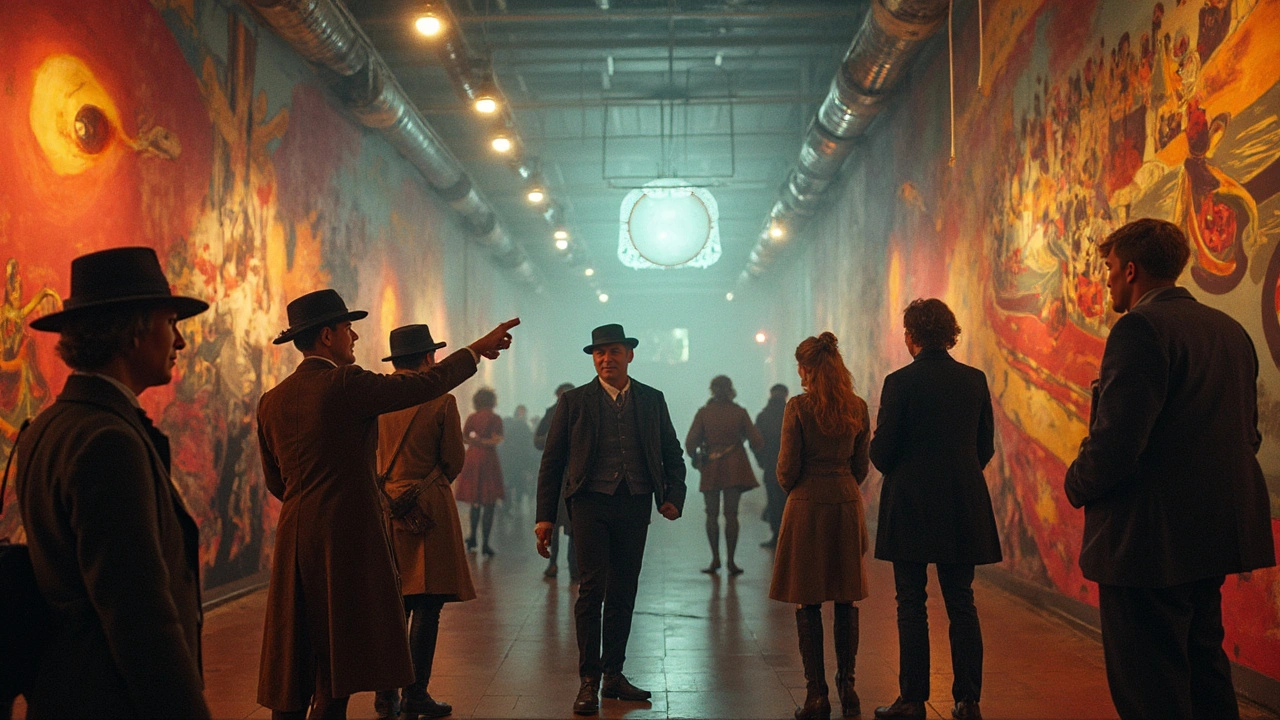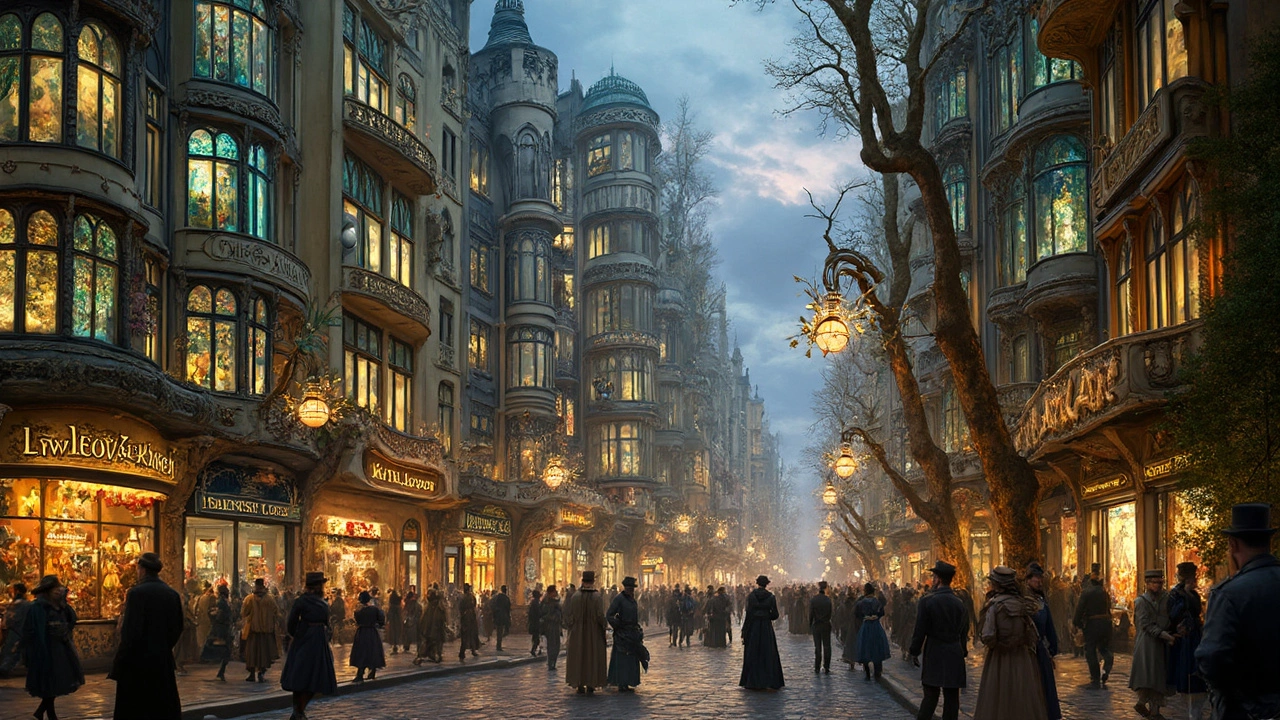Art History: Key Movements, Moments, and Why They Still Matter
Art history isn't a dusty timeline—it's a toolbox you can use today. Want a bolder living room? Look to Baroque for drama. Want cleaner lines and smarter function? Bauhaus shows you how. This tag gathers clear guides on major movements so you can learn quick, useful lessons without getting lost in jargon.
Start small: read about Bauhaus to understand modern design basics. Our posts on "Bauhaus Modernism" and "Bauhaus Design" explain how simple shapes, function-first furniture, and grid thinking still shape apps, buildings, and home gear. If you're redecorating, the takeaways are practical: choose pieces that serve a purpose and cut visual clutter.
If you like bold emotion, check Abstract Expressionism. Articles like "How Abstract Expressionism Shaped Modern Art" and "Abstract Expressionism Meaning" show how raw paint and big gestures changed what art could say. Use that energy in creative projects—big color blocks, loose strokes, and expressive marks work well even in digital art or quick sketches.
Movements that changed more than art
Some movements rewired whole parts of culture. The Harlem Renaissance redefined Black identity through music, writing, and visual arts—read "Harlem Renaissance: Birth of a New Black Identity" and "10 Influential Figures" to meet the people behind the change. Constructivism and De Stijl reshaped graphics and communication; "Constructivism Art’s Influence" and "De Stijl's Impact on Graphic Design" show how geometry and bold contrasts still guide branding and posters.
Other pieces connect art to places and tech. "Land Art’s Impact on Modern Urban Design" links landscape art to parks and plazas. "Futurism’s Impact on Smart Cities" and "Future of Gaming" explain how future-focused aesthetics influence city planning and games. Installation art and Fluxus blur life and artwork—check "Installation Art" and "Fluxus" articles for hands-on ideas you can try at home or in a gallery visit.
How to use these histories today
Pick one movement, read its short guide, and try a small project. Want Bauhaus? Rearrange a room for function and flow. Inspired by Photorealism? Practice a single still life with a focus on light. Into Ukiyo-e? Study line work and try a simple ink print. Each article gives quick context, famous examples, and practical tips so you can apply what you learn this week.
If you collect or teach, use these histories to build a short syllabus or a themed collection. Pick three posts—one early movement (Gothic or Baroque), one 20th-century shift (Cubism or Bauhaus), and one contemporary thread (Installation Art or Fluxus). Compare two works side-by-side for style, purpose, and audience. That quick contrast reveals why artists chose certain forms and how those choices still shape what we see in museums, apps, and city streets.
History in art is not just facts—it's fuel. These posts on Paul Artistry are written to help you spot influences around you, pick ideas to test, and feel confident borrowing from the past. Scroll through the tag, pick a title that sparks you, and try one small experiment today. Start with curiosity.


